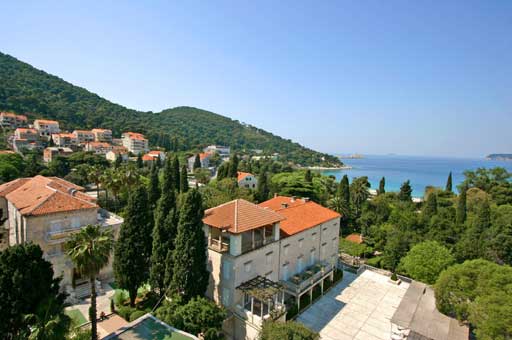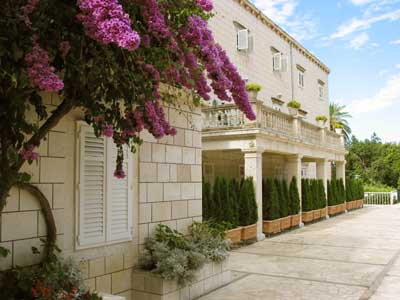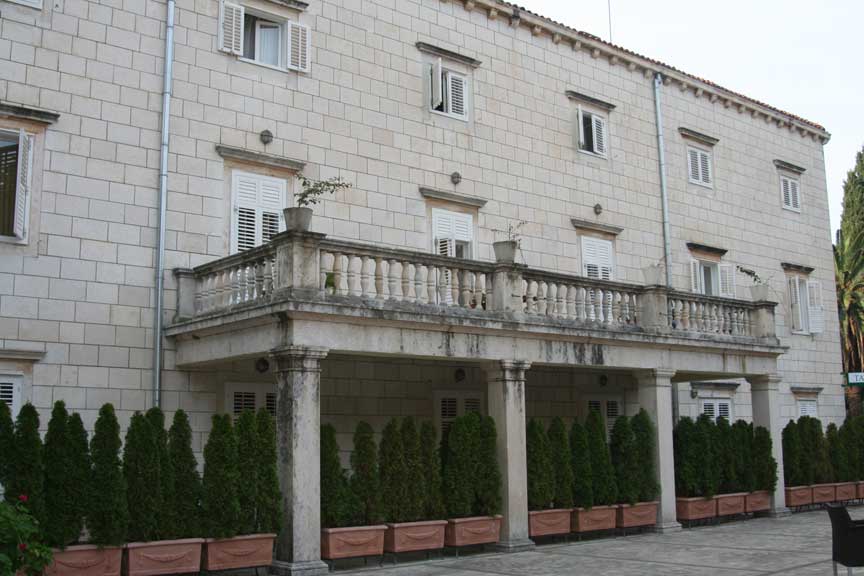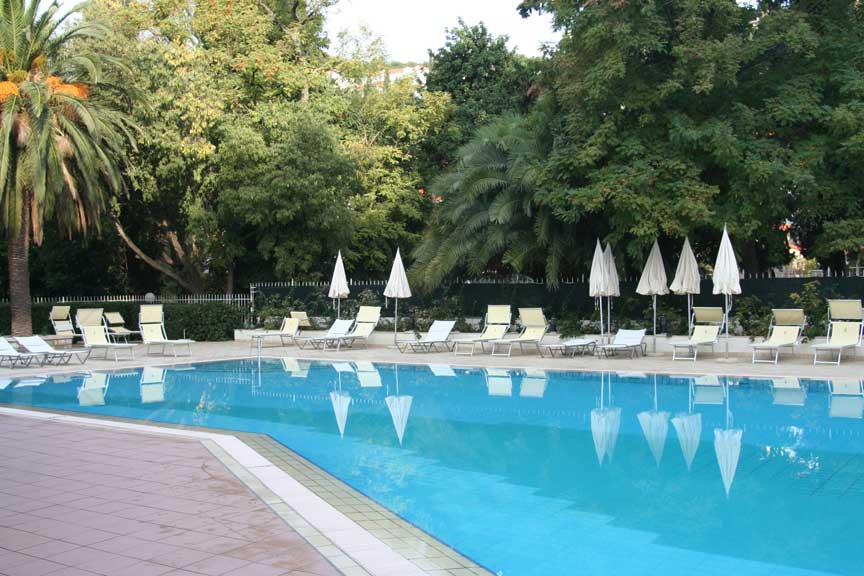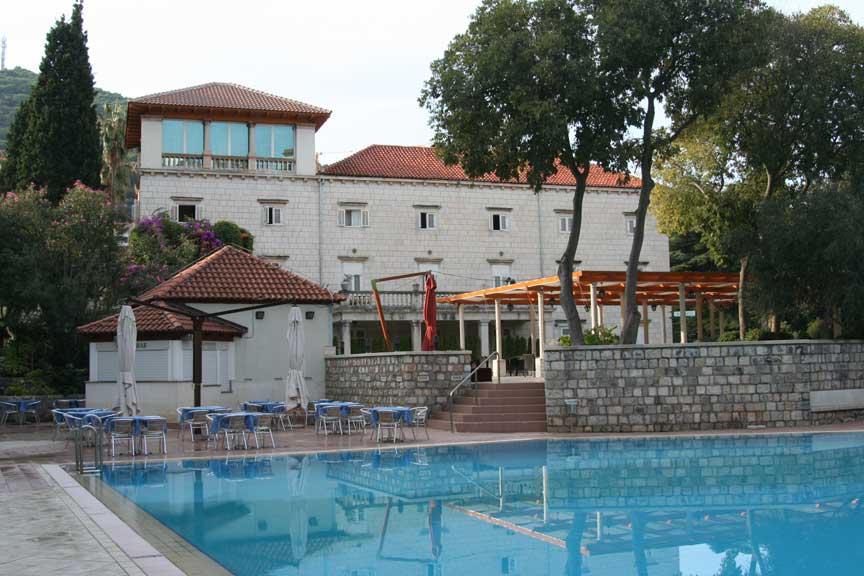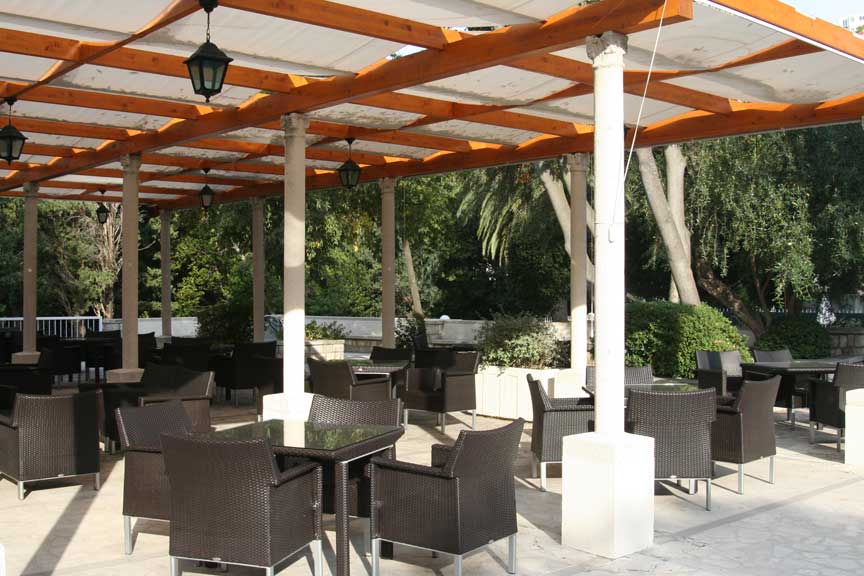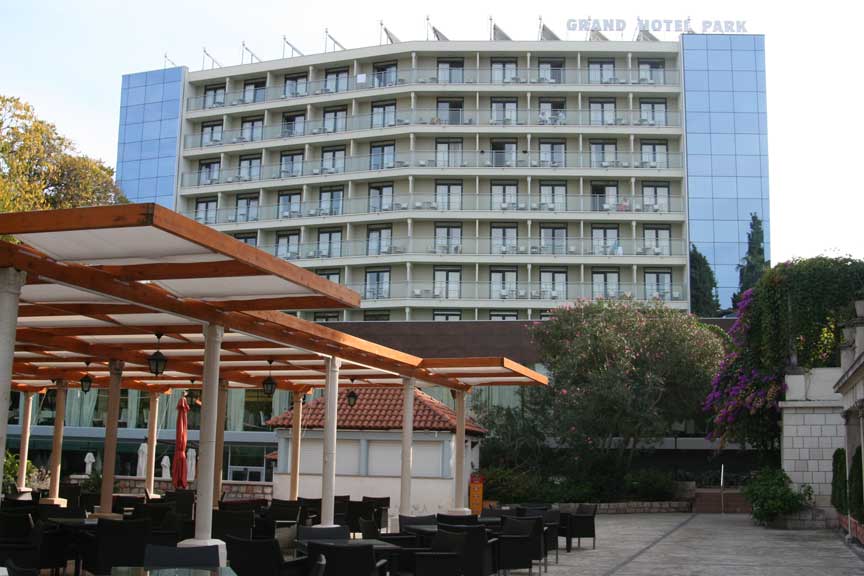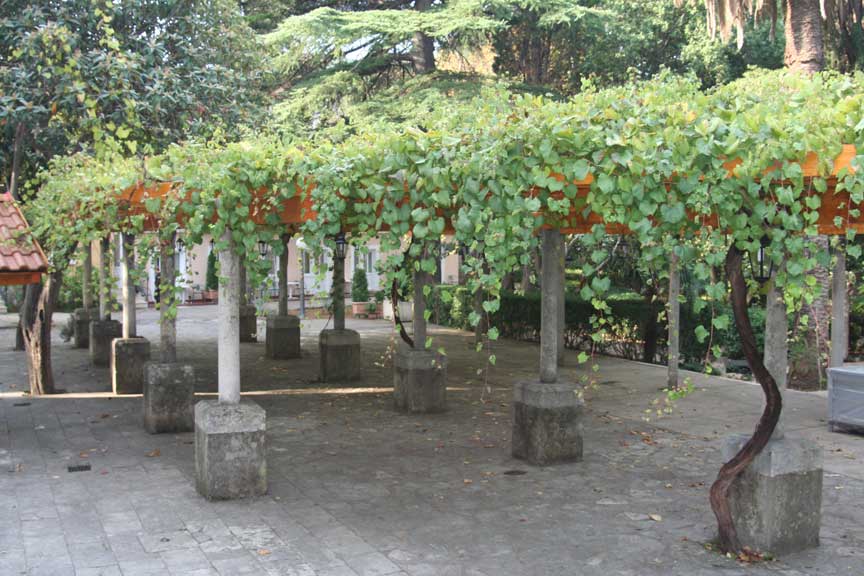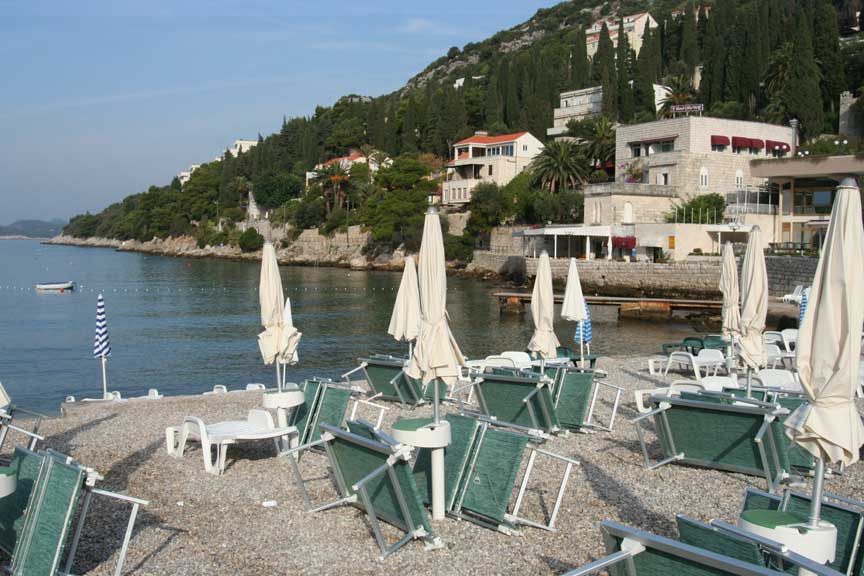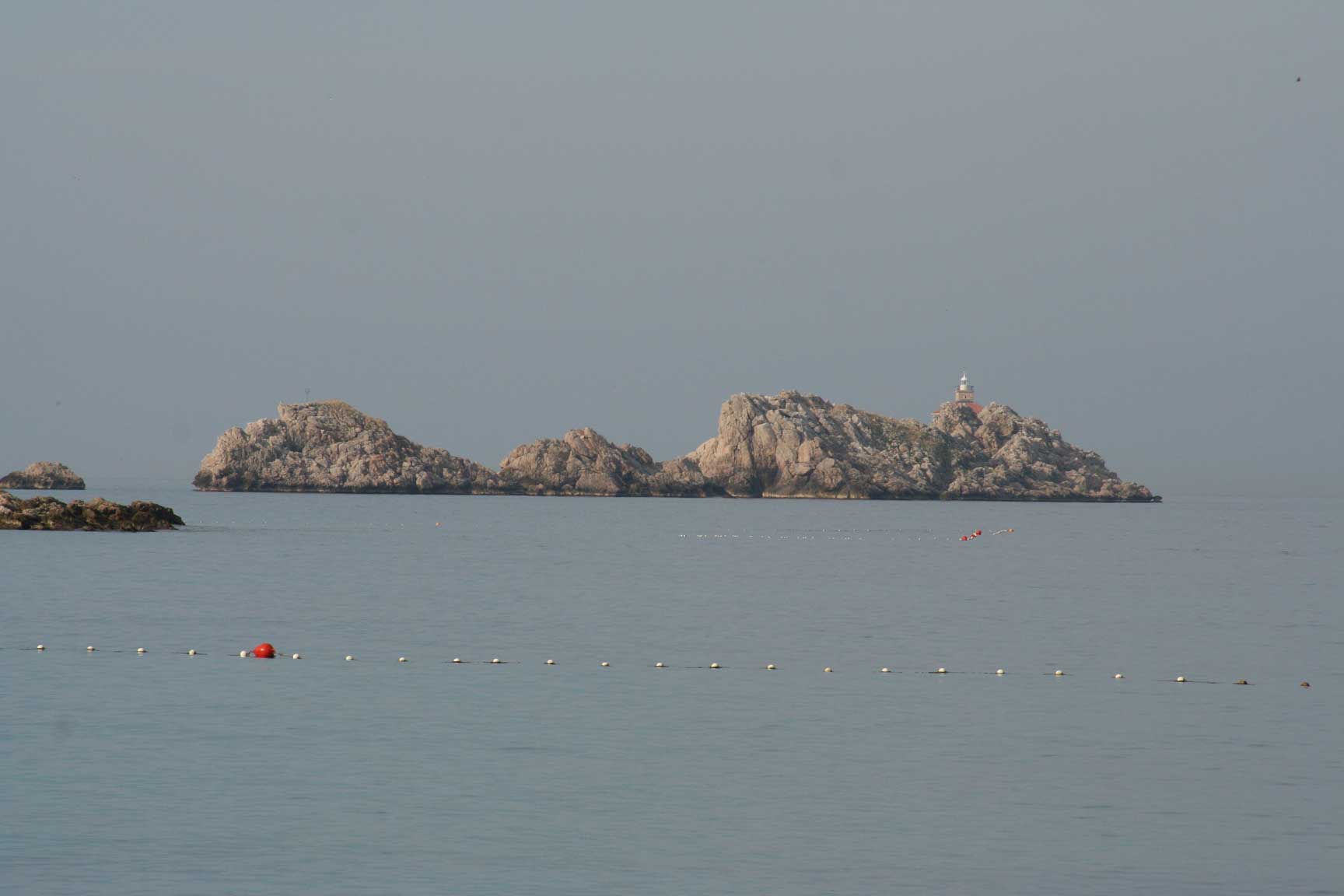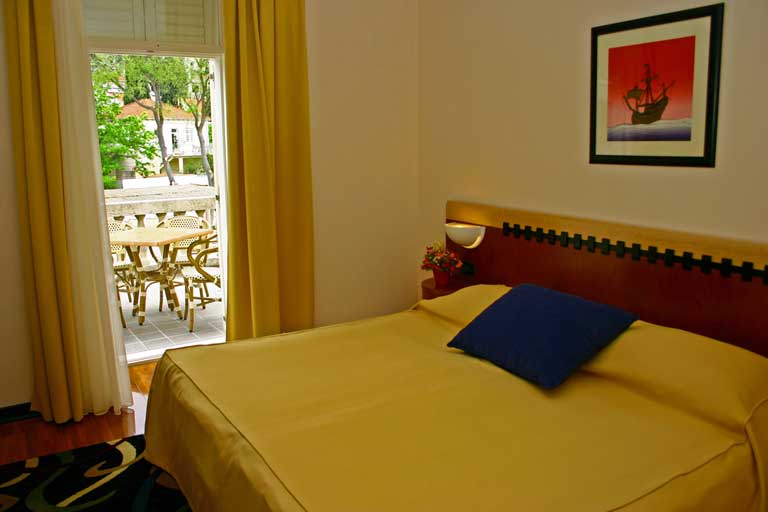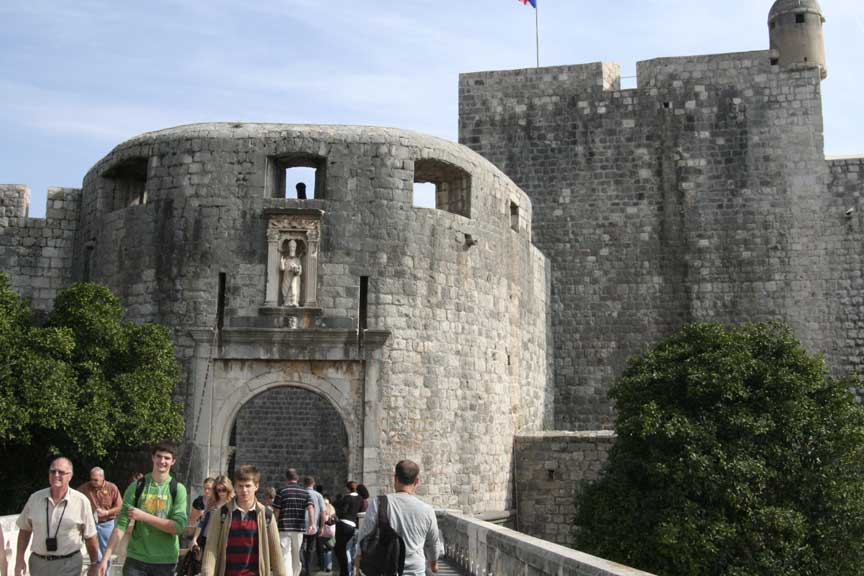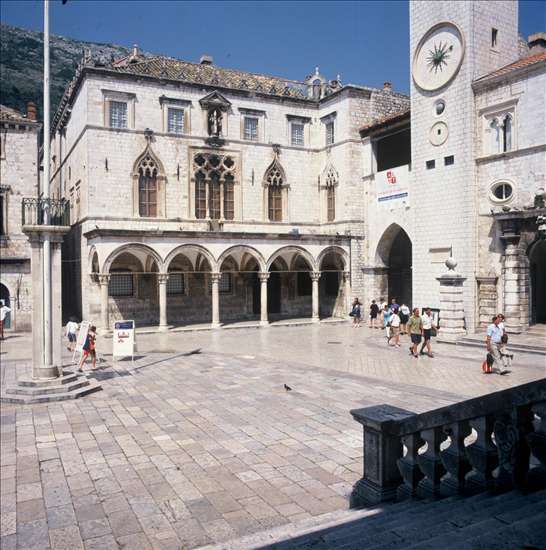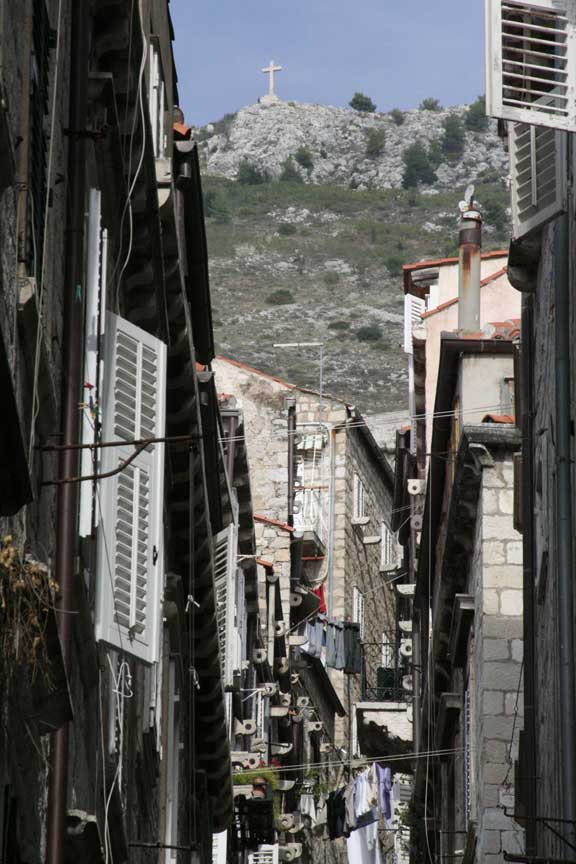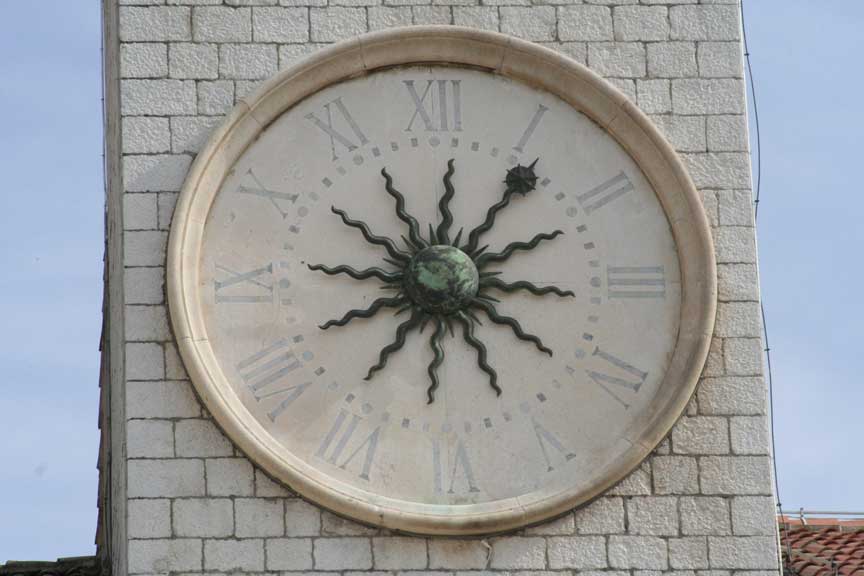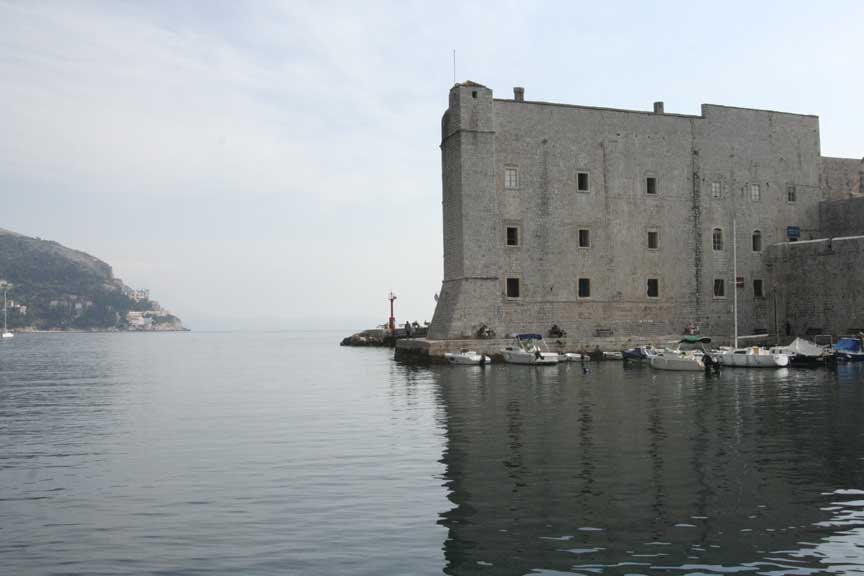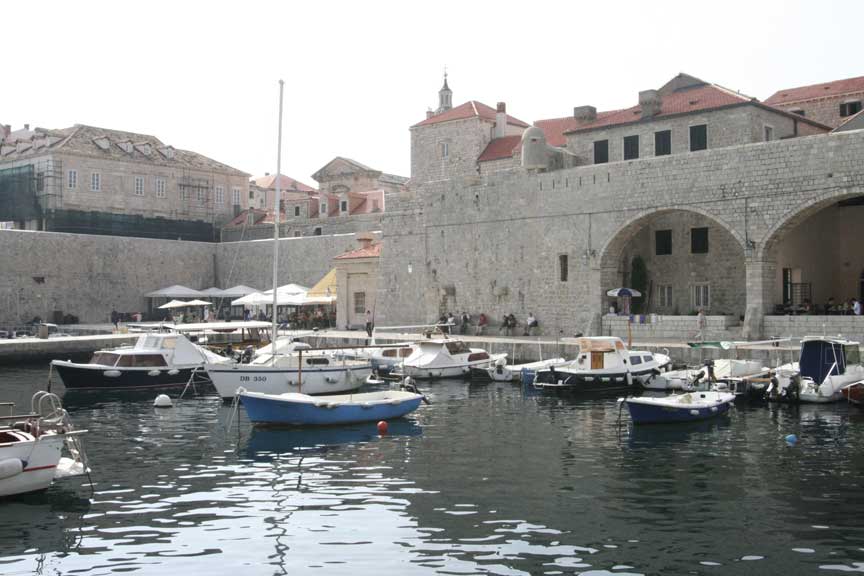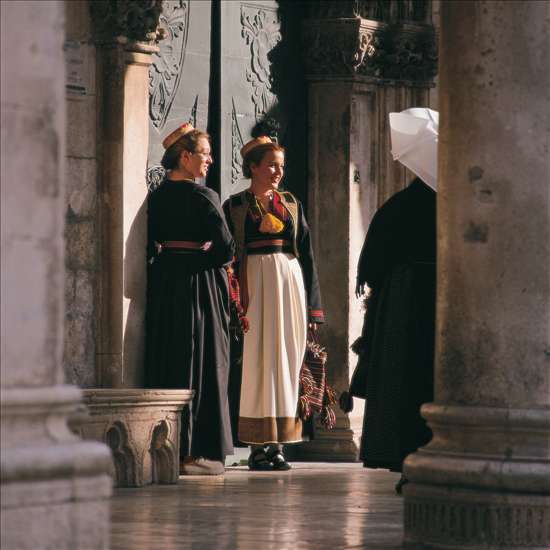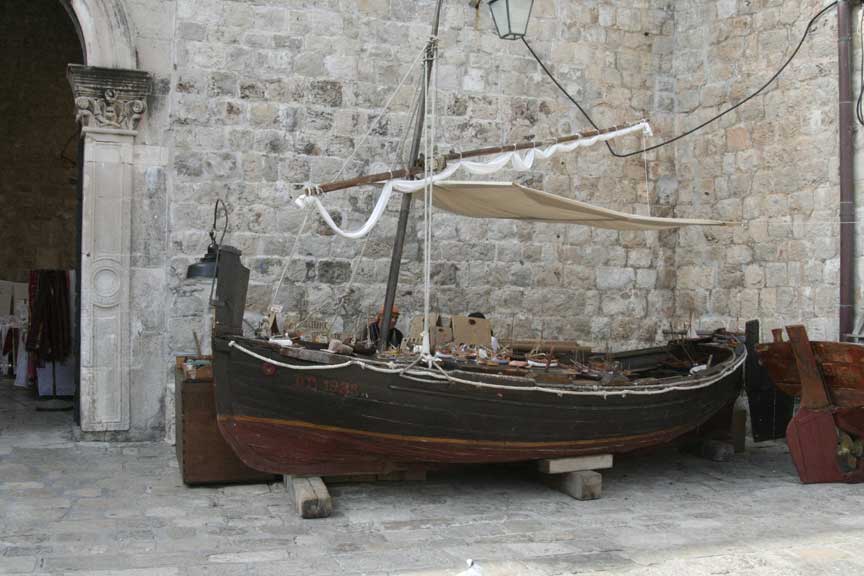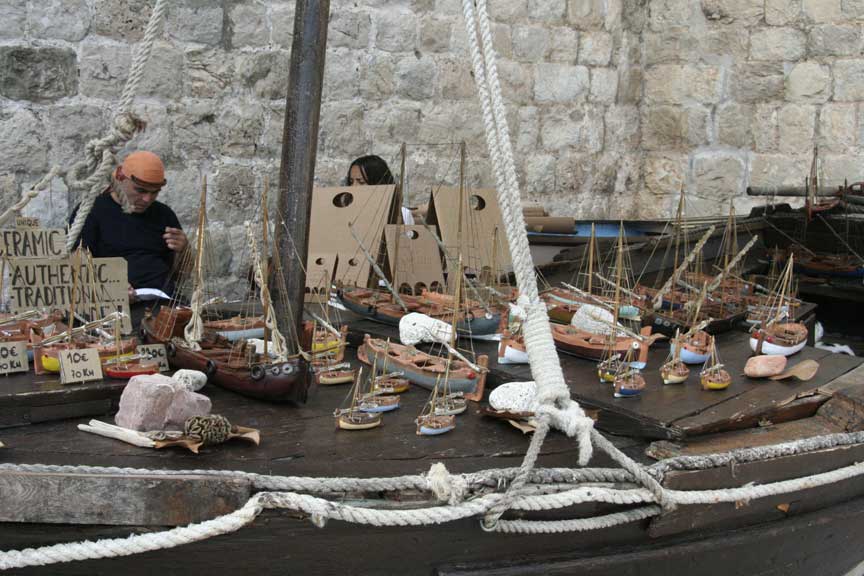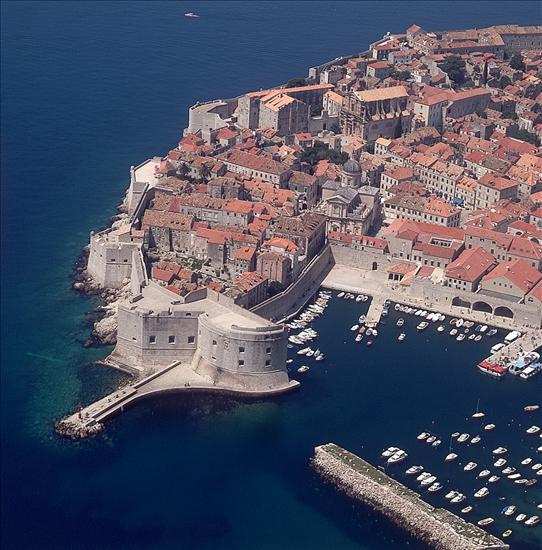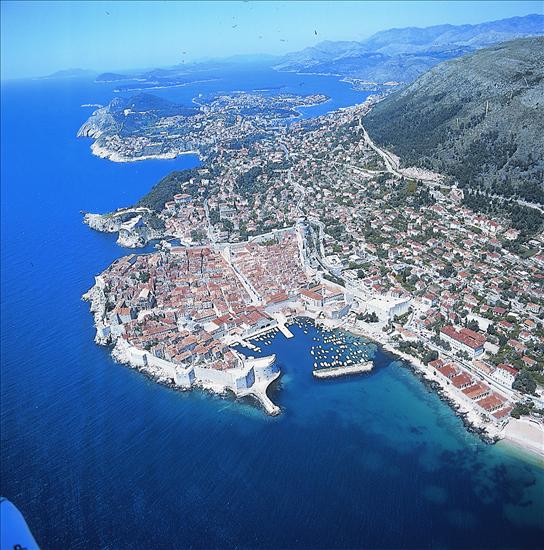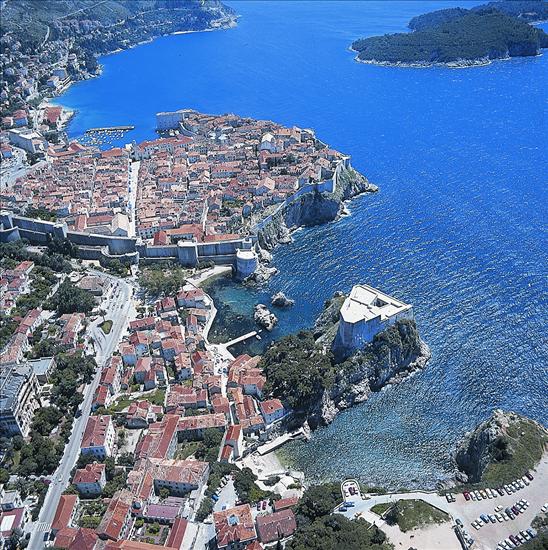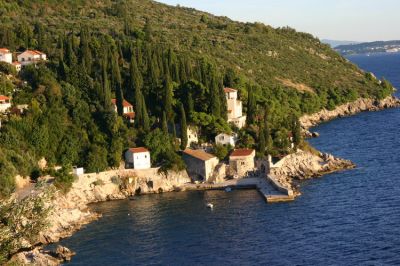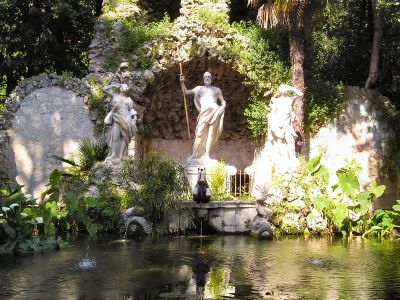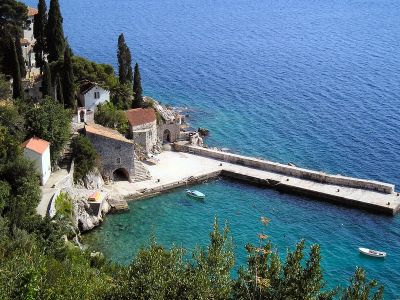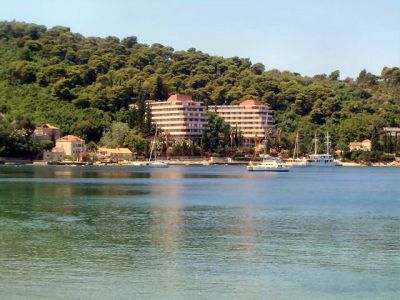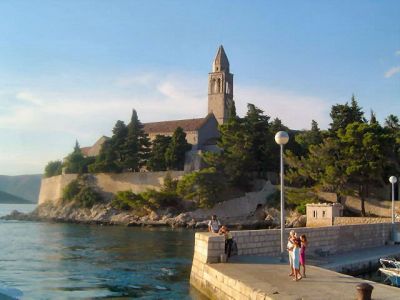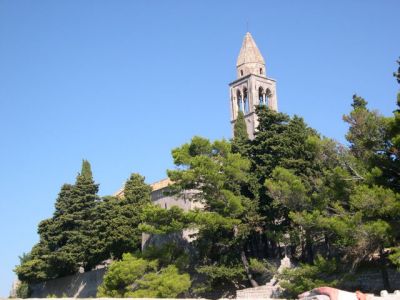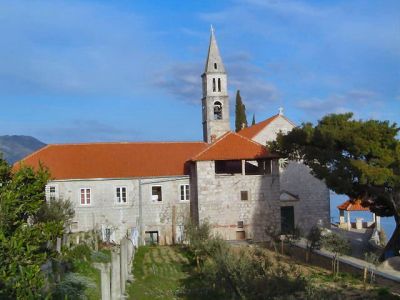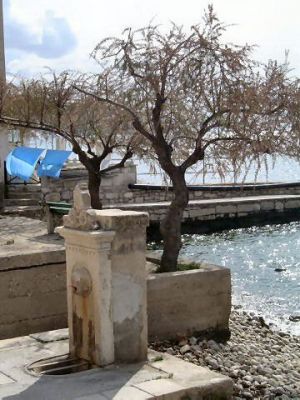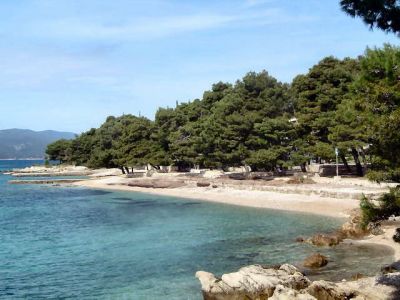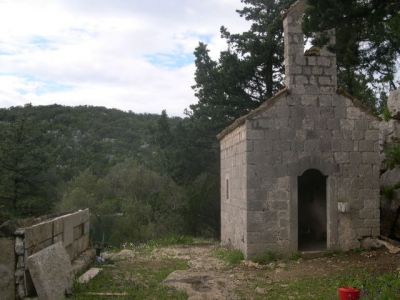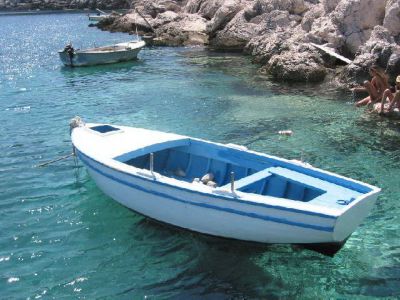Conference Site
Dubrovnik is a city on the Adriatic coast in the extreme south of Croatia. In 1979, the old city of Dubrovnik joined the UNESCO list of World Heritage Sites. The most recognizable feature which defines the physiognomy of the historic city of Dubrovnik and gives it its characteristic appearance, are its intact city walls, which run uninterrupted for 2km encircling the city. This complex structure, consists of a series of forts, bastions, casemate, towers and detached forts. The current name Dubrovnik arrives from the Slavic toponym, indicating a term for the oak forest "dubrava". From its establishment in the 7th century, the town was under the protection of the Byzantine Empire, and after the Crusades came under the sovereignty of Venice (1205-1358). By the Peace Treaty of Zadar in 1358, Dubrovnik ruled itself as a free state. The Republic of Dubrovnik gradually declined after a catastrophic earthquake in 1667. In 1806 the city surrendered to French forces.
Supported by its wealth and skilled diplomacy, the city achieved a remarkable level of development, particularly during the 15th and 16th centuries. Dubrovnik was one of the centers of the development of primarily the Croatian language and literature, home to many notable poets, playwrights, painters, mathematicians, physicists and other scholars. Dubrovnik managed to preserve its beautiful Gothic, Renaissance and Baroque churches, monasteries, palaces and fountains, or as admirer of Dubrovnik, George Bernard Shaw, said (1929): "If you want to see heaven on earth, come to Dubrovnik."
